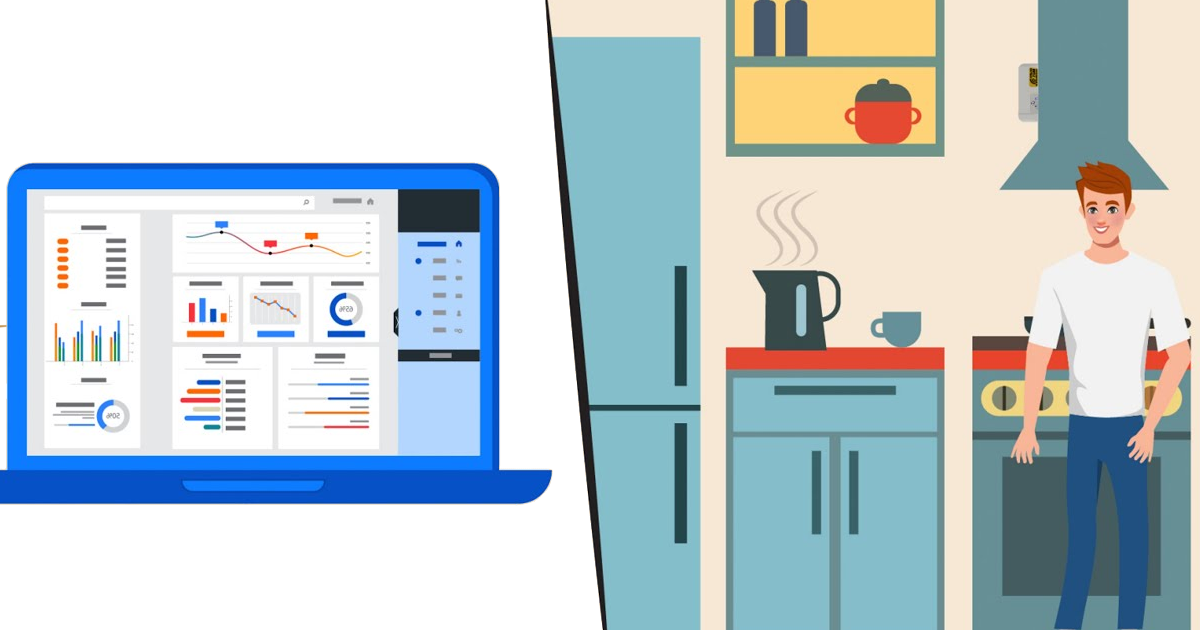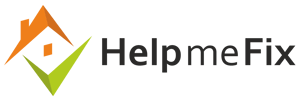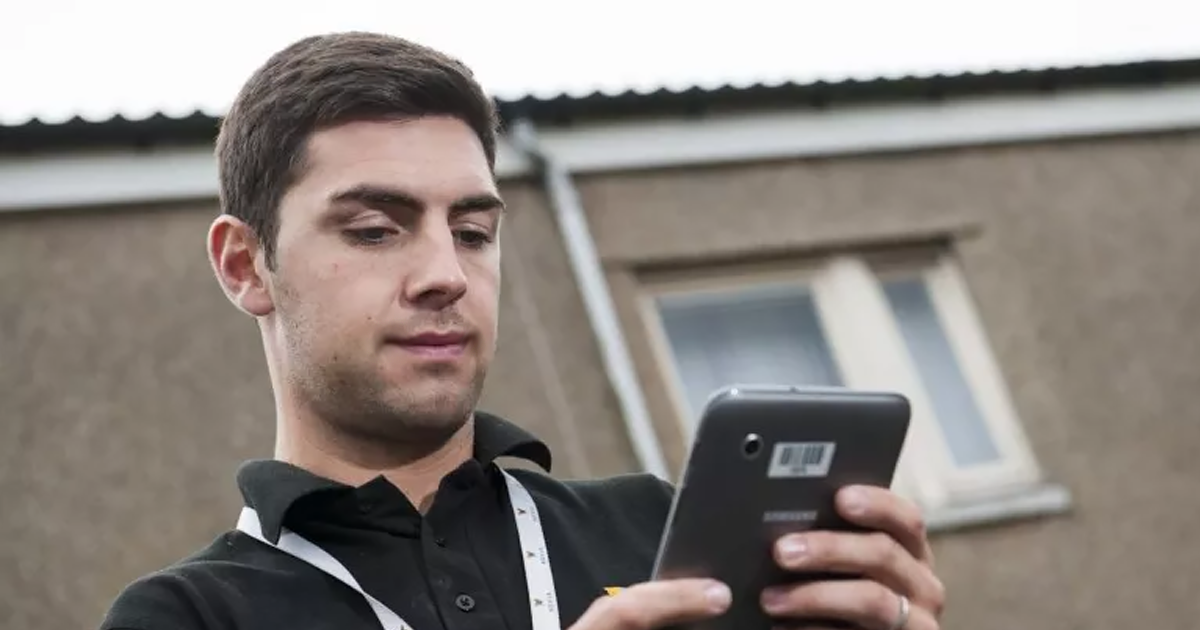🏙️ Remote monitoring and control of utilities in social housing

Remote monitoring and control of utilities in social housing has become a hot topic in the proptech industry, with many providers exploring the ways in which technology can be used to improve energy efficiency and lower costs. With social housing playing a vital role in providing affordable and sustainable living environments, it is no wonder that this area of the industry is at the forefront of innovation and change.
One of the biggest benefits of remote monitoring and control of utilities is the ability to track and manage energy consumption in real-time. This means that social housing providers can quickly identify areas where energy is being wasted and take steps to improve efficiency. This can be done through a variety of methods, including adjusting heating and cooling systems, tracking water usage, and monitoring the performance of appliances.
Another key benefit of remote monitoring and control is the ability to detect and respond to emergencies more quickly. For example, if a leak is detected in a building, the system can immediately alert maintenance staff, who can then take steps to resolve the issue before it becomes a major problem. This not only saves time and money, but it also helps to keep tenants safe and comfortable in their homes. Changing the way that maintenance is delivered, using innovative products such as Help me Fix and IoT solutions is a natural next step for organisations looking to make a difference.
Remote monitoring and control systems can also be integrated with other technology solutions to further enhance the experience of social housing tenants. For example, smart home technology can be used to allow tenants to control lighting and heating systems from their mobile devices, while energy-efficient appliances can be connected to the system to ensure that they are being used optimally.
There is no doubt that remote monitoring and control of utilities in social housing will play an increasingly important role in the years to come. By improving energy efficiency and making life easier and more comfortable for tenants, it has the potential to revolutionise the social housing industry and help to create more sustainable and affordable living environments.
In conclusion, remote monitoring and control of utilities in social housing is a win-win solution for both tenants and providers. By leveraging technology to improve energy efficiency and reduce costs, while also providing a more comfortable and convenient living experience, it has the potential to be a key factor in driving innovation and change in the social housing industry.


